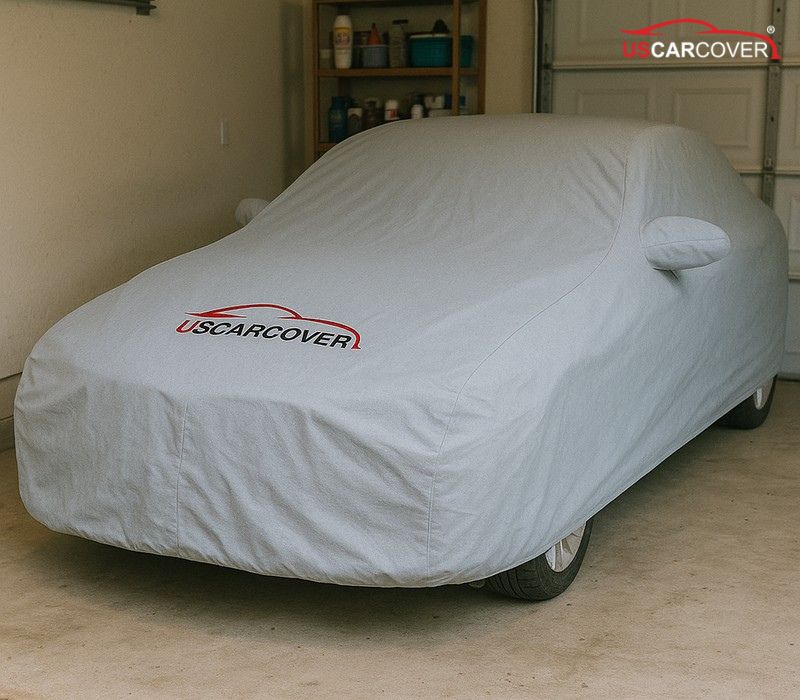
BMW car cover may sound like just a sheet, but for a companion we cherish and a labor of love, it becomes a protective circle that shields the car from countless everyday stressors. Many people assume that parking at home is safe. It is not. A garage can drip a few condensed drops, collect fine dust, and channel sunlight that carries UV. All of that sounds trivial, yet over time these small factors become the seeds of bigger problems. This article explains why the garage is not harmless, and it offers practical solutions from optimizing the space where the car rests to choosing and using a BMW car cover the right way. Our goal is simple: every morning when the door opens, your BMW looks composed and ready to roll.
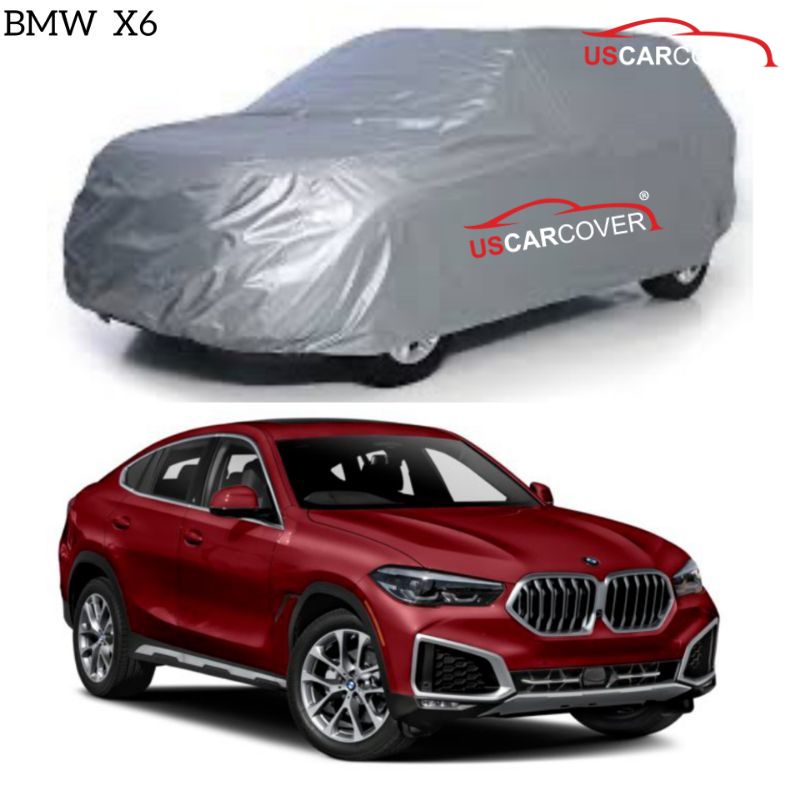
Related Articles: Auburn Car Cover 7 things 90% of owners overlook
BMW among German marques
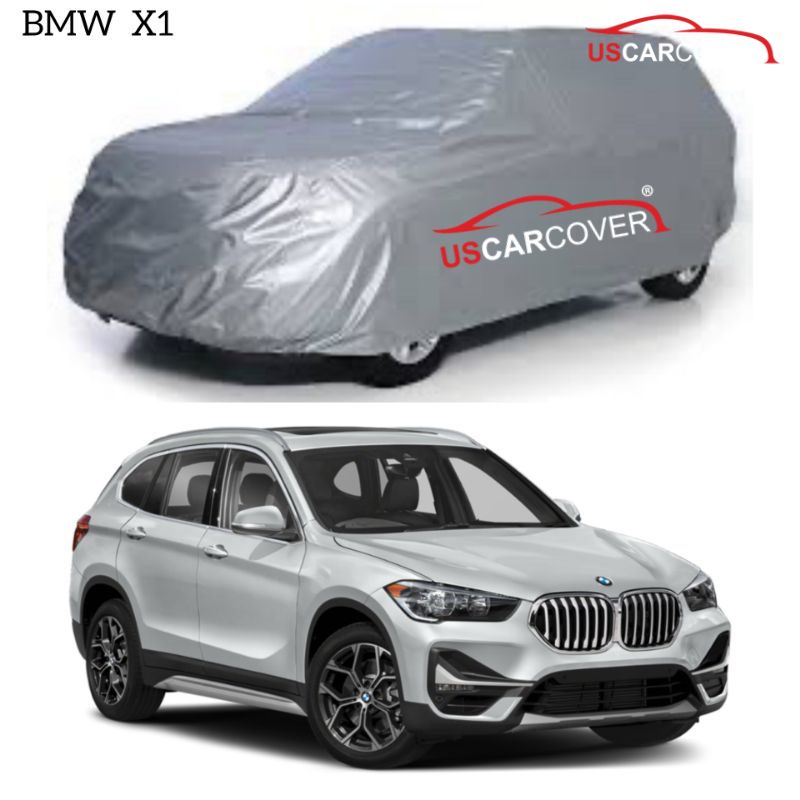
When enthusiasts gather at Cars & Coffee in Irvine or Alpharetta, BMW owners often talk about steering feel, about how a simple flick of the wheel sends instant, precise feedback. That signature experience comes from surfaces drawn tight like a drum, the Hofmeister kink at the C-pillar, deep multi-layer paint, and carefully trimmed piano-black pieces and Merino leather inside. Wrapped around all that are cameras, radars, and parking sensors that heighten safety and comfort. The same precision that makes a BMW special also means it is more sensitive to dust, moisture, indirect UV, and casual bumps inside a typical American garage. Understanding that temperament is step one in protecting it.
Why American garages are not as safe as they seem
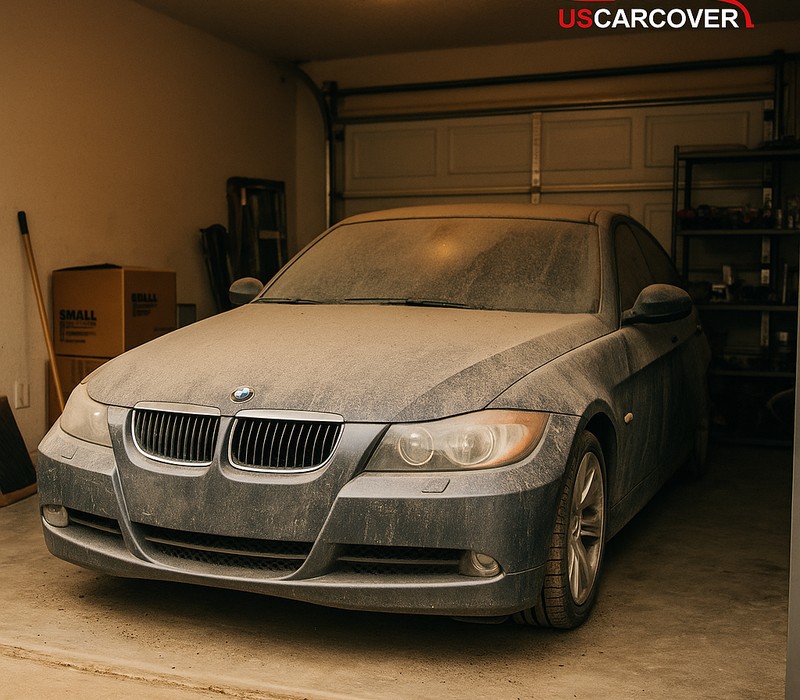
In the United States, the garage is rarely a hermetically sealed vault. It is a multipurpose room: parking, storage, daily passage, and often a place with a window or skylight for daylight. Before we list the risks, picture a normal day in different parts of the country. A breeze drops spring pollen into a garage in Atlanta. A Phoenix afternoon warms the concrete slab so the air holds heat after sunset. In Orange County, a low west sun slips through a window and needles one patch of dashboard. At night the HVAC system runs and leaves tiny condensation spots near the grille. The next week, a car returns from Boston with a trace of road salt still in the wheel wells. Those small events repeat, and the surface tells the story.
- Ceiling HVAC and condensate lines can drip, leaving mineral spots on glass and paint.
- West-facing windows or skylights create a recurring UV “hot spot” on dashboard and hood.
- Moist concrete and limited air exchange let humidity linger, which stains chrome and dries seals.
- A garage that doubles as storage invites light bumps from boxes, kids’ bikes, and garden tools.
- Fine dust, pollen, wildfire ash, and leftover road salt still find their way into the space.
Depending on region, the pattern gets sharper: jacaranda blossoms and sap plus Santa Ana winds in Pasadena and Irvine; heavy spring pollen in Raleigh and Houston; winter road salt and slush in Boston and Chicago; persistent humidity in Seattle and Portland; coastal salt air in Tampa and Miami; hot, dusty afternoons in Las Vegas.
Car sleeping in garage but still broken?
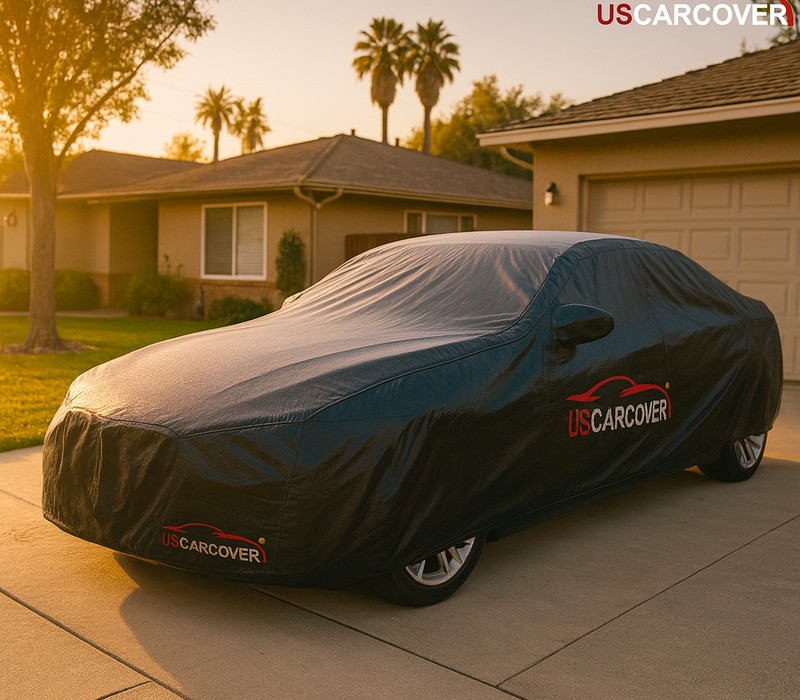
Set aside the charts and go back to one friend in our group with a 330i in Frisco, Texas. The car was freshly detailed and lightly waxed, then parked for three weeks while he traveled. Confident the garage was “safe,” he tossed on a thin household blanket to keep dust off. During that time, the HVAC condensate outlet dripped right near the roundel. Late-day sun came through a small west window and warmed one slice of the dash and half the hood. Dust settled, and on quick check-ins he would flip the blanket and wipe lightly with a dry towel. When he came back, everything had added up. Dried water outlines marked the hood. The chrome window trim wore a peppering of white mineral flecks. The dash section near the windshield had subtly shifted tone. Under a shop light, the hood revealed a halo of fine swirls. Cameras and front sensors had a skim of dust and responded sluggishly until cleaned. None of this was catastrophic, but it cost time and money to correct and, more importantly, proved that a garage is not harmless unless you manage it.
Strengths that double as vulnerabilities
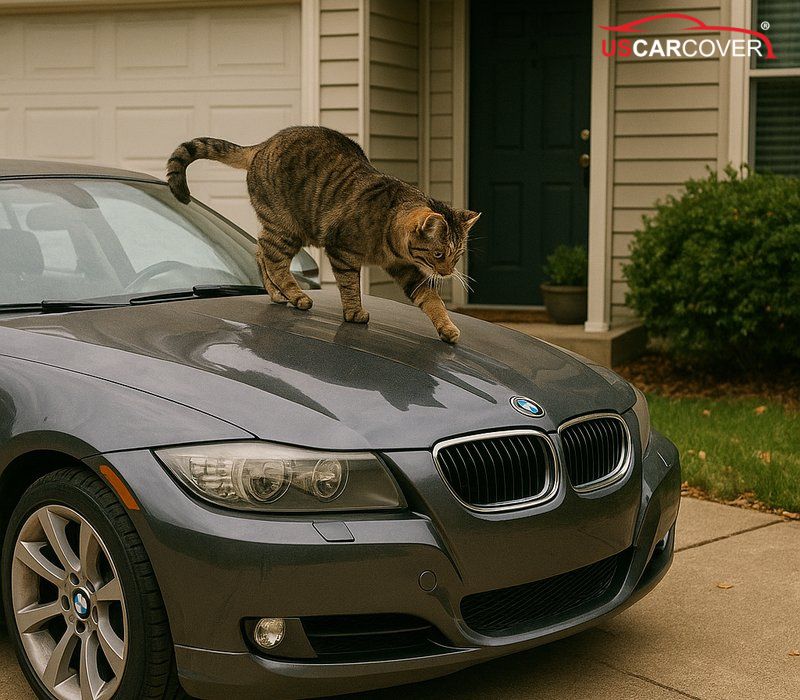
Modern features and high-end finishing are what we love about BMW. They also come with tradeoffs inside a closed space. Before listing weaknesses, acknowledge what gives the car its presence so it is clear why it needs gentler care. BMW impresses with mirror-deep multi-layer paint, bright chrome and crisp piano-black accents, soft Merino leather, and lighting and sensor arrays that operate in very tight tolerances. Those same qualities react quickly to small environmental stressors.
- Deep, multi-layer paint shows swirl marks easily if dust is wiped dry or fabric drags across it.
- Chrome and piano-black trim spot and hairline-scratch quickly, especially under repeated drips.
- Merino leather and interior plastics are sensitive to long periods of indirect UV through a window.
- Headlamps, cameras, radar units, and parking sensors get dusty fast and lose responsiveness.
- Sharp aero edges, front splitters, and spoilers will haze if loose fabric flaps against them.
This tension is exactly why your protection strategy needs to be as thoughtful as the car itself. A generic tarp is not a strategy.
"Harmless” habits that slowly wear a BMW down
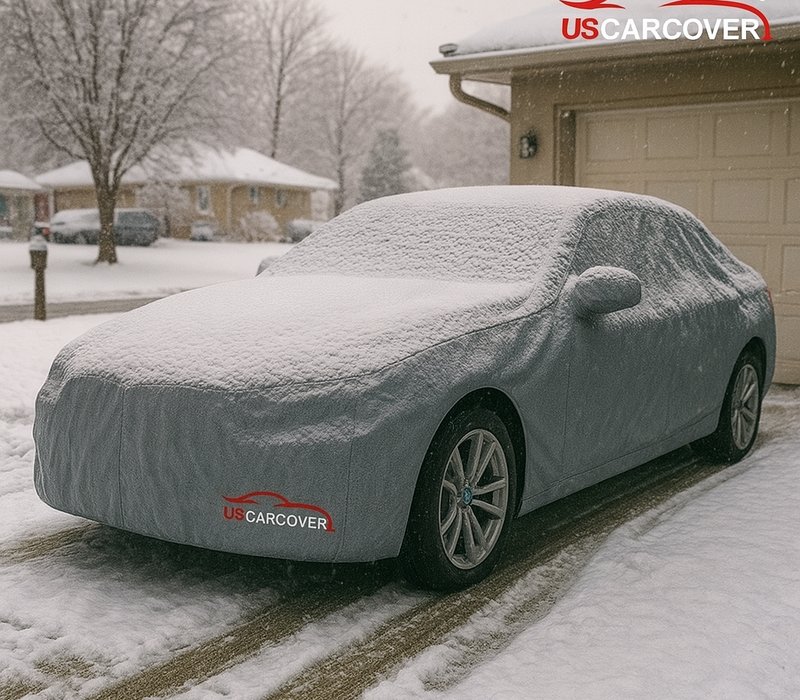
Convenience wins on busy days, but small shortcuts stack up. Rather than a bullet list without context, place each habit in the everyday settings American owners know well.
Throwing a quilt or plastic sheet over the car in a Dallas tract home garage traps moisture, sheds lint, and drags a rough surface over clear coat whenever it is moved.
Dry-dusting in Atlanta during peak pollen season rubs abrasive particles across the paint and leaves circular micro-marring on dark colors.
Parking a Boston return straight into a warm garage after a wash leaves traces of road salt in the grille emblem and vents to dry slowly and stain.
Stopping under an HVAC vent in Phoenix puts a bead of condensation in the same place every night, leaving a ghostly drip trail on glass and paint.
Using a one-size-fits-all cover in a tight San Jose garage lets extra fabric billow when the ventilation fan kicks on, scuffing fender lips and the lower bumper.
The BMW car cover as the missing piece

Once the room is dialed in, a proper BMW car cover for indoor use locks down the remaining risks. Not a tarp, but a passive system that works while you sleep, if you choose the right materials and fit. Start with a simple question: what does your location throw at the car most often? Dust and pollen, nightly condensation, indirect UV, or gentle bumps from stored items. That answer determines the build you need.
- A custom-fit pattern that follows mirrors, the Hofmeister kink, and aero edges to limit movement when a ventilation fan turns on.
- An ultra-soft inner face that reduces micro-marring while you put the cover on and take it off, crucial on black and deep blue finishes.
- Breathable fabric with antistatic behavior so trapped moisture can escape and dust attraction in the garage is reduced.
- Moderate fabric weight so one person can handle it smoothly without slack flapping.
- Optional charge-port or license-plate access if you maintain a trickle charger.
Avoid plastic sheeting and PE tarps that trap moisture and “pickle” chrome and seals. Skip heavy outdoor covers in tight spaces; they are hard to handle and can scrape edges during removal.
Choose a BMW car cover by U.S. climate
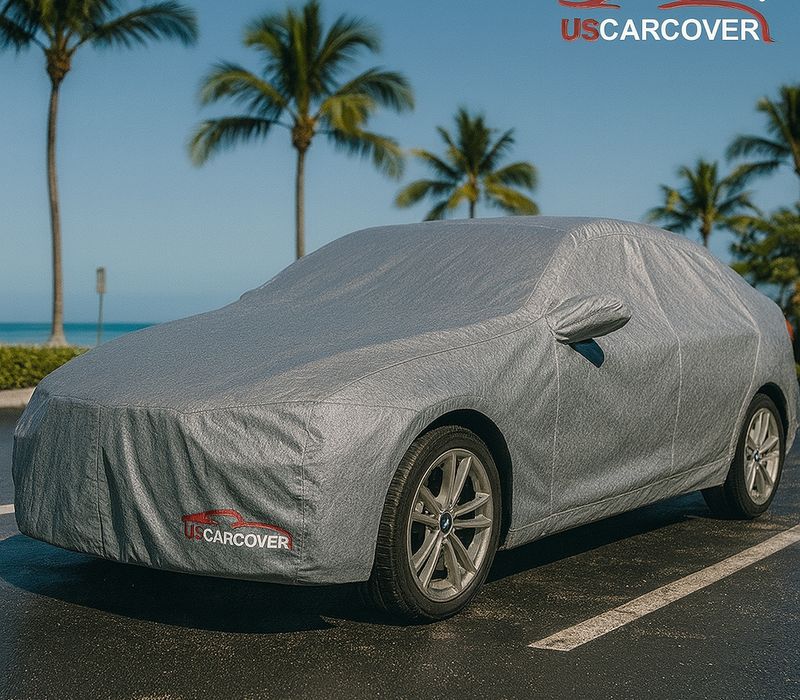
There is no single “best” cover. There is only the best match for where the car lives.
Sun Belt and the Southwest such as Phoenix and Las Vegas: strong UV blockers with a heat-reflective outer face that still breathes so the cabin does not heat-soak.
Northeast and Midwest such as Boston and Detroit after winter: breathable fabric that rinses easily and dries fast to clear away lingering salt.
Pacific Northwest such as Seattle and Portland: steady water resistance combined with a breathable membrane and sealed seams to resist wicking at stitches.
Florida coasts such as Tampa and Miami: salt-resistant materials that are quick to clean and quick to dry.
Southern California such as Pasadena and Irvine with heavy pollen and tree sap: an outer weave that sheds debris easily and a very soft liner to minimize swirl during handling.
A 45-second cover ritual that sticks
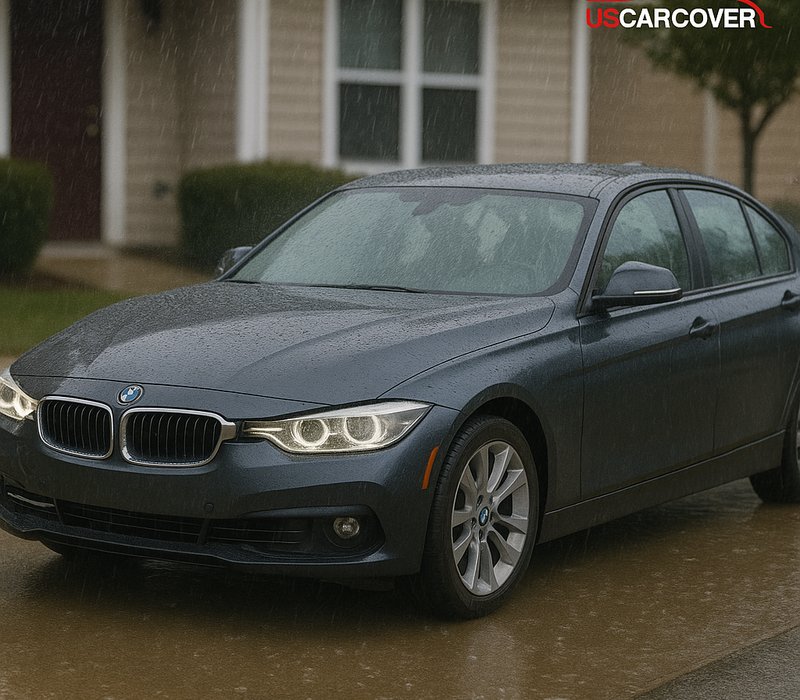
Owners who keep their cars looking new turn covering into a short, repeatable ritual. The simpler it is, the more likely you will keep doing it, and the lower the risk.
- Blow off the nose and glass, then pat dry any sun-warmed areas on hood and dash top.
- Set the front hem at the kidney grille as a locator and pull the cover back along the roofline.
- Seat the mirror pockets and trace the Hofmeister kink so the pattern hugs the body without spare fabric at the nose.
- Smooth the fabric, drop the elastic hem over wheel-arch edges, and check three scuff-prone areas: front bumper, fender lips, and trunk edge.
- When removing, roll the cover with the inner face inward so the clean side meets paint next time.
- Cleaning cadence: outdoor use every 2 to 4 weeks, indoor use every 1 to 2 months. Use mild detergent and air-dry fully. During heavy pollen in the Southeast or wildfire ash in California, wash sooner.
Improvements arrive quietly, the same way damage accumulates. After a few weeks, you will notice less urgent dry-wiping, which means fewer swirls. Condensation drips land on the cover, not the paint, so the ghost rings stop appearing. Indirect UV is blocked enough that the dashboard and near-glass leather hold color better. The fabric acts as a small shock absorber against casual bumps from stored items. Cameras and sensors stay cleaner and behave consistently when you drive again. Over the long run, polishing, paint correction, and interior refreshes cost less and happen less often.
The story of our friend is a friendly nudge: garages in the United States are not automatically safe. Condensate from HVAC, slanting sun through a window, pollen, sap, wildfire ash, road salt, and small “for convenience” habits nibble away at a BMW’s poise. The fix is simple and layered: tune the room where the car sleeps, drop the harmful habits, and add a model-specific BMW car cover for indoor use. With the foundation right, every morning you peel the cover back, the car’s deep gloss and calm readiness are still there. Explore BMW car covers tailored to each model at uscarcover. Choose materials for your climate, add the accessories you need, and keep the daily routine to 45 seconds. Protect it well today so tomorrow’s drive feels exactly the way it should.
